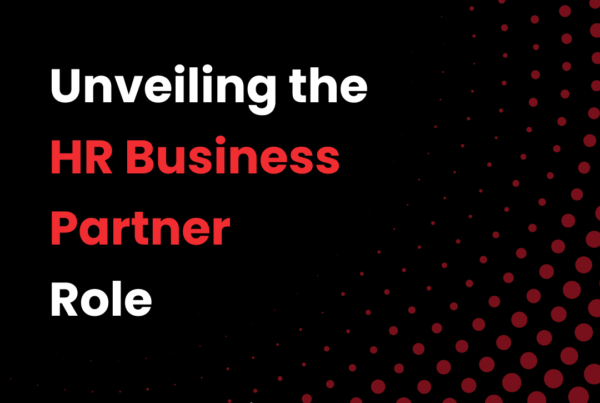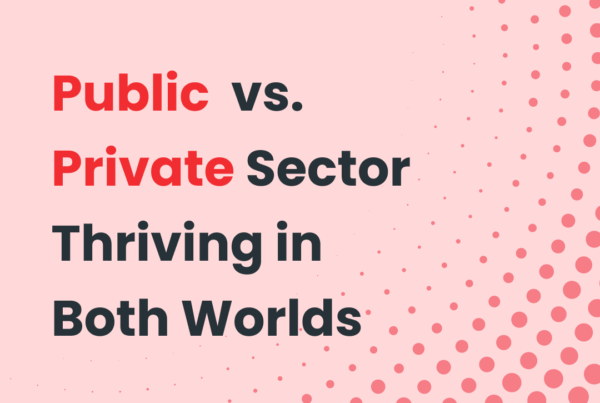
Tackling Employee Engagement Post-pandemic | Mao Gen Foo
Oct 12 , 2022
Effective employee engagement strategies will enable employees to enhance their performance and the organization as a whole, resulting in more profitability, better customer retention, improved talent acquisition, and retention, decreased employee turnover, and a safer workplace. Join Mao Gen Foo and Adrian Tan in a discussion about the real benefits of employee engagement.
Recent Posts
About Rolling Arrays
Rolling Arrays has been driving SAP SuccessFactors-led HR Transformation since 2009. The company specialises in SF consulting, implementation, and support and also builds applications to enhance the utility of the SuccessFactors platform. It is committed to designing systems that help its customers to attract, develop and retain talented individuals. In 2021, Rolling Arrays was recognized as one of the top 75 fastest-growing companies in Singapore by The Straits Times & Statista.





